At the 19th International Architecture Exhibition of La Biennale di Venezia, Lagos-based Oshinowo Studio presents Alternative Urbanism: Self-Organising Markets of Lagos, a powerful multimedia installation exploring informal economies and circular systems rooted in West African urbanism. Invited by Biennale curator Carlo Ratti, the studio responds to his call for rethinking architecture through the lens of the circular economy.
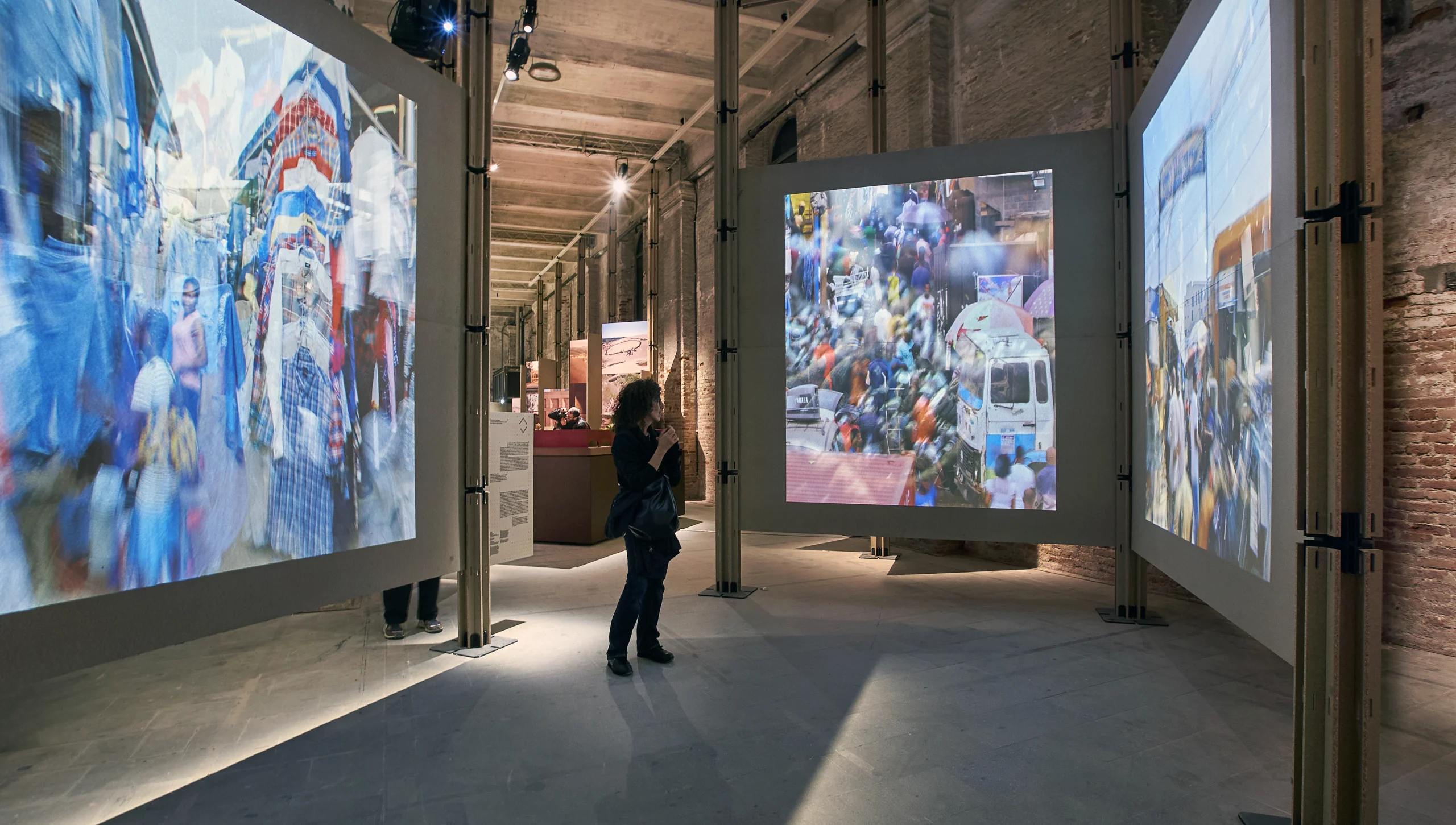
The project focuses on three dynamic, self-regulating markets in Lagos, Ladipo Market, Computer Village, and Katangua, each a hub for second-hand materials, electronics, and clothing. These spaces are more than commercial zones. They function as decentralized, bottom-up infrastructures of repair, reuse, and resourcefulness. In doing so, they challenge dominant ideas of how cities should grow, adapt, and sustain themselves.
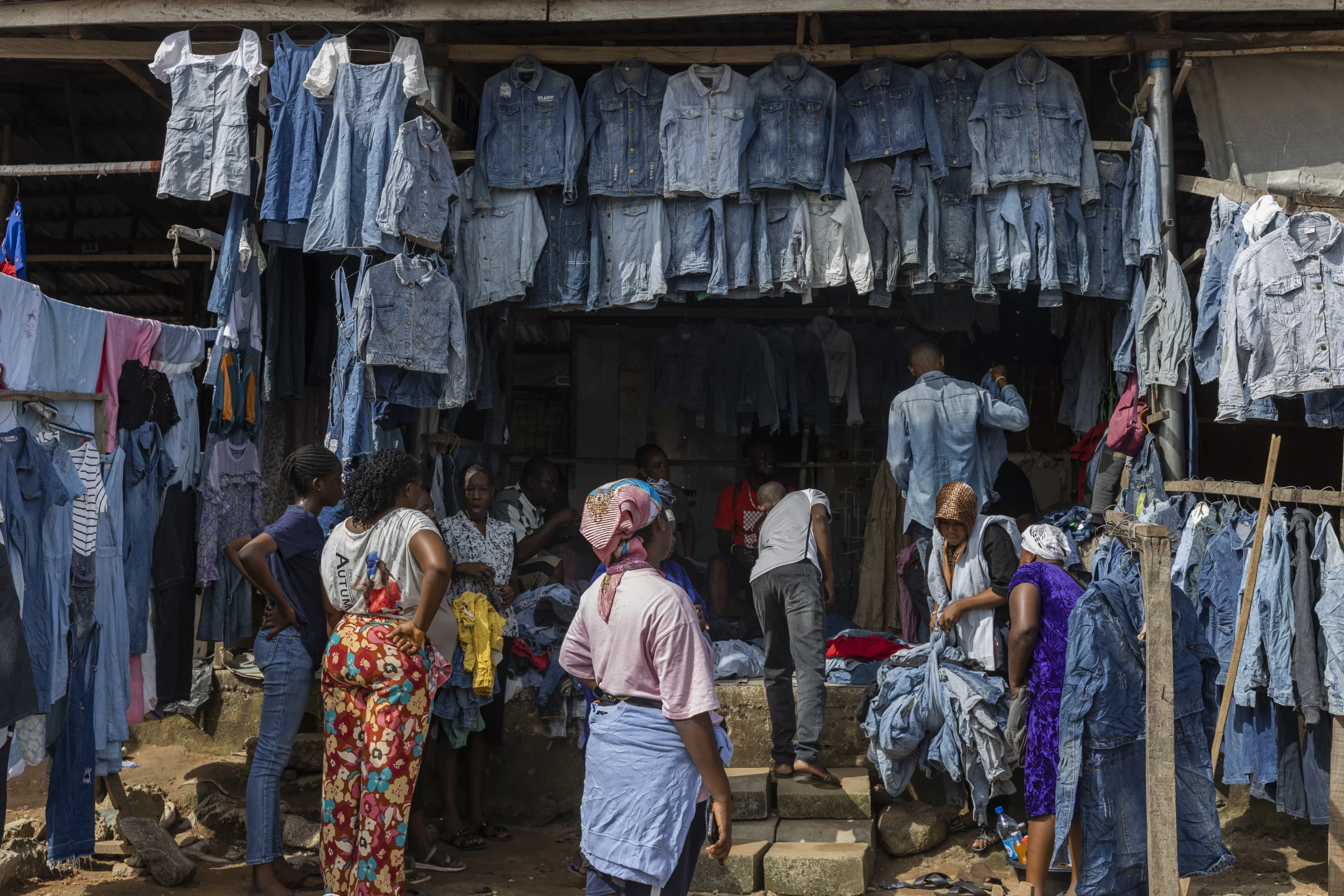

The exhibition, housed in the Arsenale’s grand colonnade, immerses visitors in the rhythms and systems of these marketplaces. Three towering walls, each three meters tall and wide, create a spatial enclosure. Inside, vivid video projections offer a glimpse into the everyday operations of each market. Outside, large-scale maps, crafted from recycled denim sourced from Katangua, trace the spatial and logistical logic that underpins these urban engines of circularity.
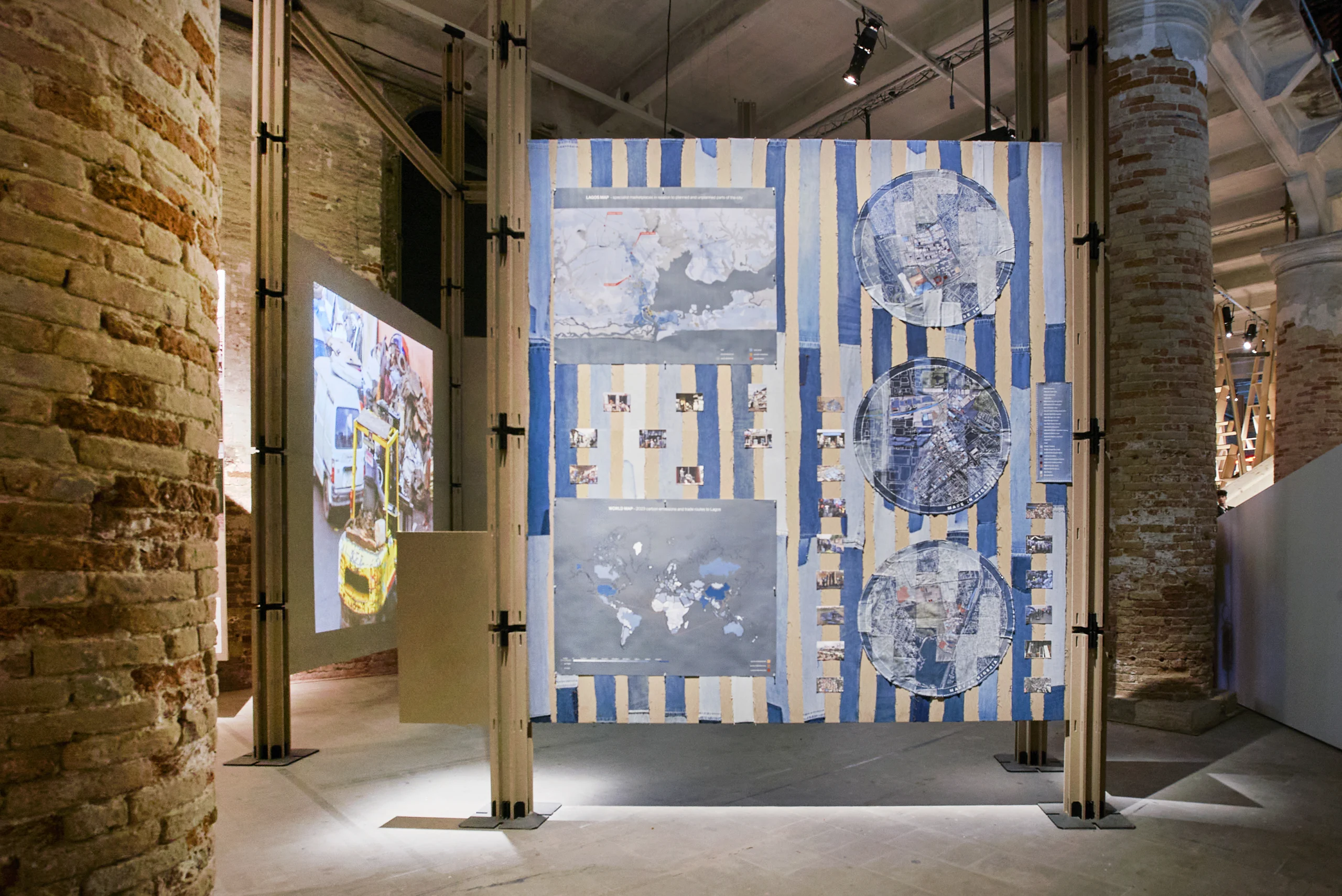
Each market serves a specialized purpose. Ladipo is a vast ecosystem of automotive reuse, dealing in second-hand cars and parts; Computer Village trades in both new and recycled electronics; and Katangua is a vibrant center for repurposed clothing and shoes. All operate through informal networks and communal intelligence, transforming end-of-life goods from the global north into renewed forms of value.

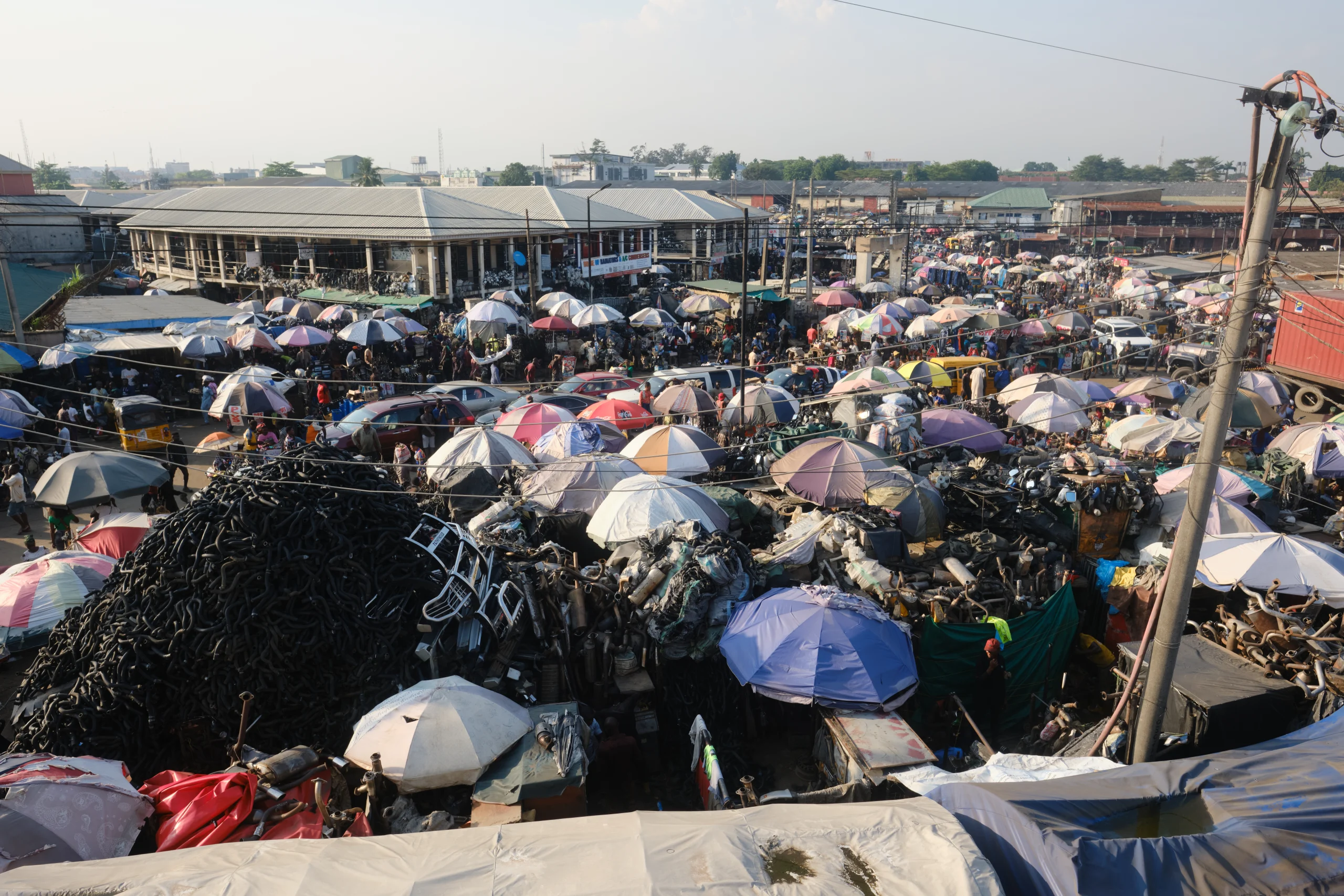
Rather than depict these markets as spaces of scarcity or dysfunction, Alternative Urbanism positions them as exemplars of local innovation and sustainability. Their structures are adaptive, their labor is collaborative, and their environmental footprint, when compared to formal economies, is remarkably efficient. They embody a form of urbanism that is at once responsive, resilient, and radically self-organized.
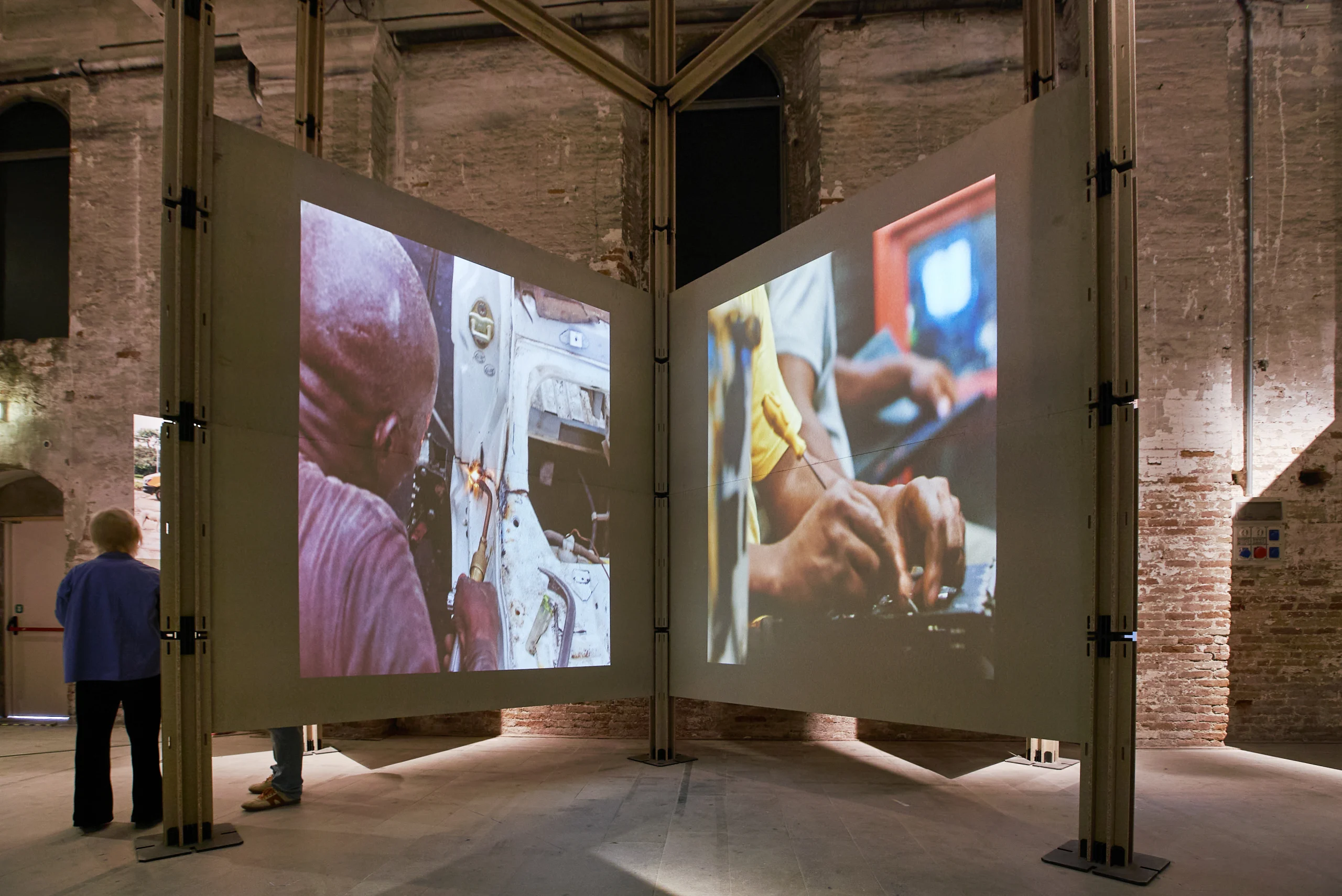




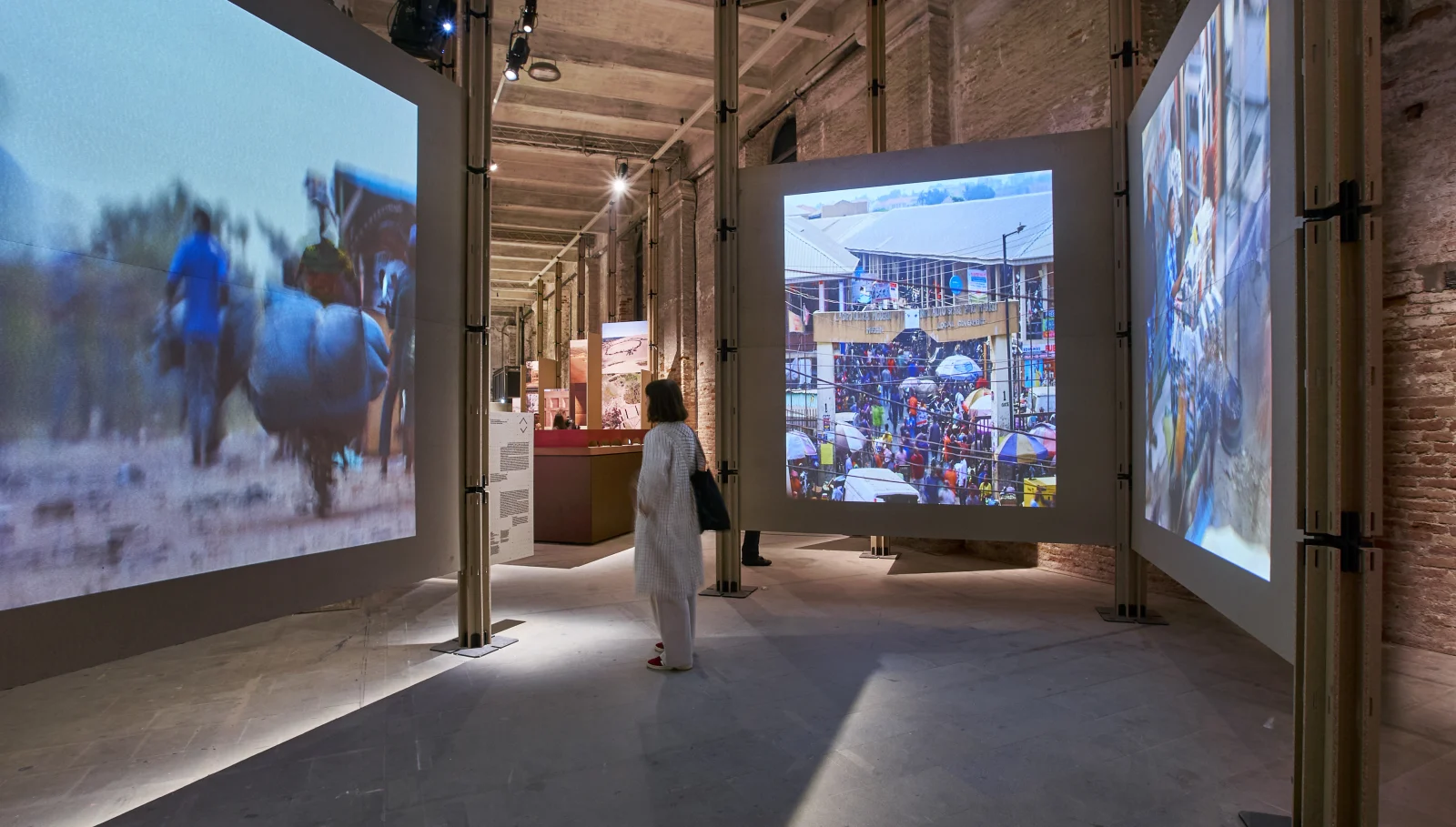

























Leave a comment